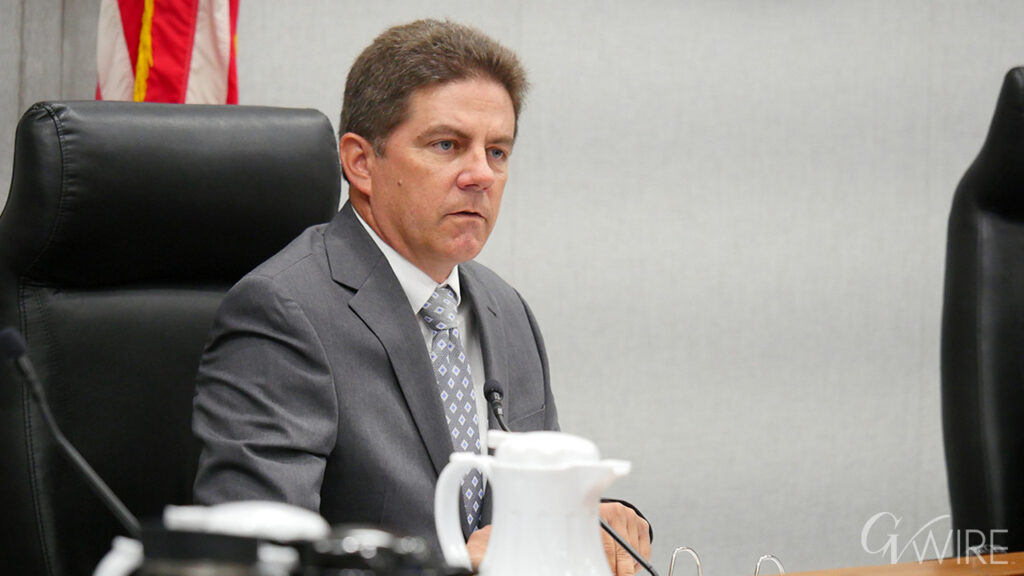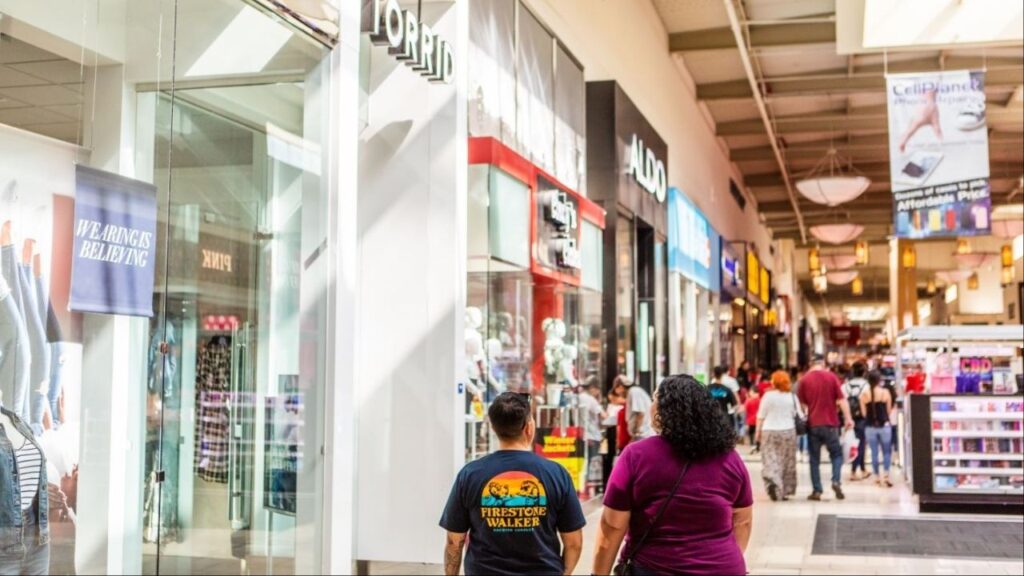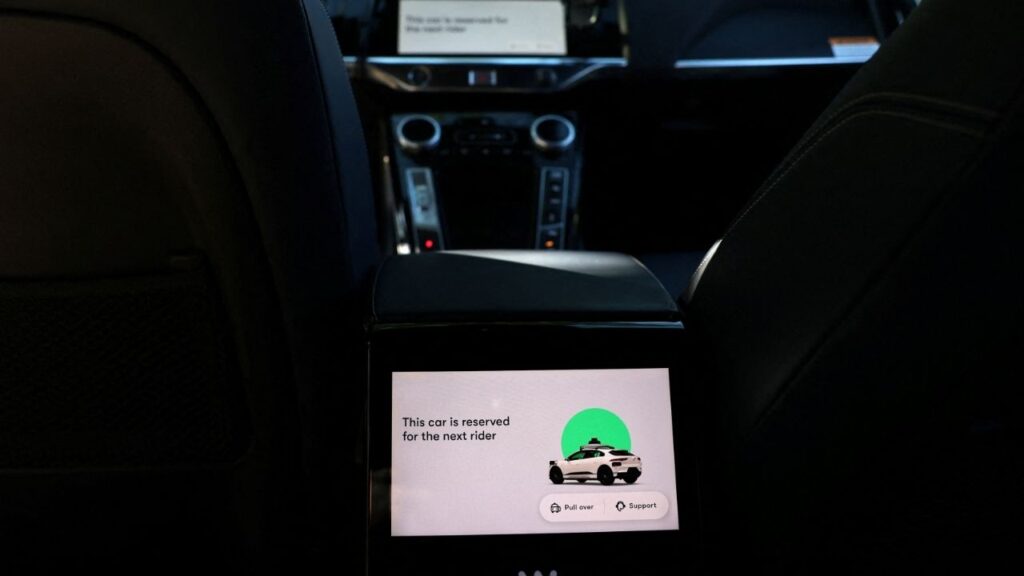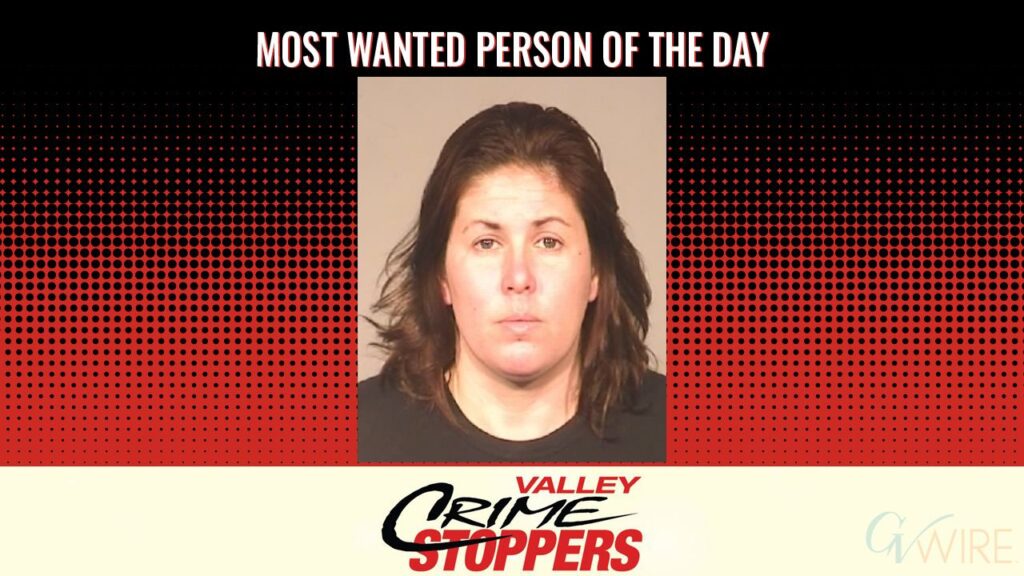Tyreek Hill's traffic stop sparks renewed debate on racial disparities in policing and the need for "the talk" in Black families. (AP/Al Diaz)

- Body camera footage shows Hill's encounter with police escalated quickly, leading to his forceful removal from the car.
- Black NFL players express familiarity with police conduct seen in Hill's traffic stop, calling for nationwide address of issue.
- Experts highlight the disproportionate threat of force faced by Black drivers and the complex dynamics of police interactions.
Share
|
Getting your Trinity Audio player ready...
|
MIAMI — After his traffic stop in Miami on Sunday, Tyreek Hill talked about “the talk” — instructions passed down in Black families for generations about what to do when pulled over by police.
Keep your hands in sight, preferably on the steering wheel. Avoid any sudden movements. Don’t talk back to the officer. And above all, follow instructions without error or delay.
Heeding that advice in the heat of the moment can be hard, as Hill’s own experience showed when the star wide receiver for the Miami Dolphins was stopped for speeding and reckless driving before the team’s first game of the season.
His interaction with police — captured in a now-viral cellphone video and body camera footage — escalated and is yet again prompting a larger discussion about the realities of “driving while Black.” According to a national law enforcement survey, traffic stops of Black drivers are more likely to include the threat or use of force.
Related Story: Why Black Students Are Still Disciplined at Higher Rates: Takeaways From ...
Body Camera Footage Reveals Escalation
Body camera video shows Hill rolled down the driver’s side window and handed his license to a Miami-Dade County officer knocking on the window. Hill then told the officer repeatedly to stop knocking, before he rolled the darkly tinted window back up.
After a back and forth about the window, the body camera video shows an officer pulled Hill out of his car by his arm and head and then forced him face first onto the ground on a street outside the team’s stadium.
The officers handcuffed Hill and one put a knee in the middle of his back.
“It happened so fast that it caught me off guard,” Hill said in a postgame interview on Sunday. Later, he said he was “embarrassed” and “shell-shocked” by the situation.
‘If I Wasn’t Tyreek Hill’
For many, Hill’s encounter with police drives home a reality that Black men in particular disproportionately experience what he did. Even if the encounter doesn’t end in tragedy, it confirms an ongoing need for the talk.
Hill wondered what would have happened if he wasn’t a celebrity.
“If I wasn’t Tyreek Hill, worst-case scenario, we would have had a different article — ‘Tyreek Hill got shot in front of Hard Rock Stadium.’ That’s worst-case scenario,” his said in a CNN on Monday.
Related Story: Officer Faces Murder Charge in Shooting of Pregnant Black Woman Who Was Accused ...
Fact of Life for Black Americans
Other Black Dolphins players said they were used to seeing the kind of police conduct that Hill experienced.
“I won’t say it was scary. It’s something I’m used to seeing,” linebacker David Long Jr. said.
Dolphins safety Jevon Holland said it was “not unnatural” to see police conduct the traffic stop that way – including what the footage appeared to show: one officer striking his handcuffed teammate. One of at least three officers involved in detaining Hill was placed on leave pending an internal investigation.
The Miami-Dade Police Department’s top officer, Director Stephanie Daniels, told the Miami Herald on Monday that the decision to place the officer on leave came after a review of the body camera footage, which she later said would not normally be released during an ongoing investigation but was, in this case, to maintain “public trust.”
“Excessive force on a Black man, that’s not uncommon. It’s a very common thing in America,” Holland said. “So I think that needs to be addressed at a countrywide level.”
Dolphins tight end Jonnu Smith, who was at the scene to support Hill, echoed Holland’s sentiments.
“Obviously we all see the police brutality that goes on in this country, and when you see your teammate possibly being part of that, you’re doing everything in your power to help him,” he said.
Doing exactly as you’re told is no guarantee against discrimination or excessive use of force, said Andrew Grant-Thomas, co-founder of EmbraceRace, a nonprofit that provides resources for parents and educators.
Furthermore, he said, perfectly, subserviently obeying law-enforcement commands “shouldn’t be the standard for any of us in dealing with police,” said Grant-Thomas, who is Black. “There are things like rights.”
Related Story: Ex-Milwaukee Hotel Workers Charged with Murder After Video Shows Them Holding ...
Treading Carefully Around Police
Still, it often feels like white parents can talk to their children about how to maintain their rights with the police, he said, but for Black kids, it’s not about rights but “about survival.”
According to a Bureau of Justice Statistics’ special report released in 2022, Black people and Hispanic people were more likely than white people to experience the threat or use of force in 2020. Black people were also more likely to be shouted at by police than white people.
Black drivers were more likely than white drivers to experience no enforcement action during their most recent traffic stop, according to the report. But among those who did experience an enforcement action, white drivers were more likely to be let off with a warning than drivers of any other race or Hispanic origin.
Just like Hill, Grant-Thomas was taught at a young age to tread carefully when it comes to police.
“I’m not going to talk back, I’m going to put my hands at 10 and two o’clock and all those things because the reality is that this person can kill me. It doesn’t matter then whether my rights were observed,” he said.
Grant-Thomas also noticed how quickly people used Hill’s past allegations of violence to justify any excessive use of force.
“What’s astonishing to me — although it shouldn’t be — is how many people immediately began to speculate in ways that were really in terms that were unfavorable to him,” Grant-Thomas said. “Because of who he was or who they supposed him to be, that for many people seems to justify the police treatment in a way that actually doesn’t make any sense.”
Hill’s end-zone victory dance on Sunday that included mimicking being cuffed made many people feel validated in their opinion that the wide receiver had been wronged.
Police and NFL Players
Many Black NFL players have long used their platforms, on and off the field, to draw attention to racial disparities in law enforcement.
In 2014, five St. Louis Rams players stood with their arms raised in an apparent show of solidarity with protesters in Ferguson, Missouri, before trotting onto the field for pregame introductions. The “hands up, don’t shoot” gesture referred to a debunked claim that Michael Brown, a Black teenager, had his hands raised in surrender when he was shot by a white officer.
And perhaps the most famous on-field anti-brutality gesture was sparked by former San Francisco 49ers quarterback Colin Kaepernick, who took a knee during the national anthem, in the wake of fatal police shootings in 2016.
“Unless there’s a conversation actually about this, if it’s simply floating out there and people are talking in their echo chambers,” Grant-Thomas said. “I think the point really will have been lost.”
RELATED TOPICS:
Categories
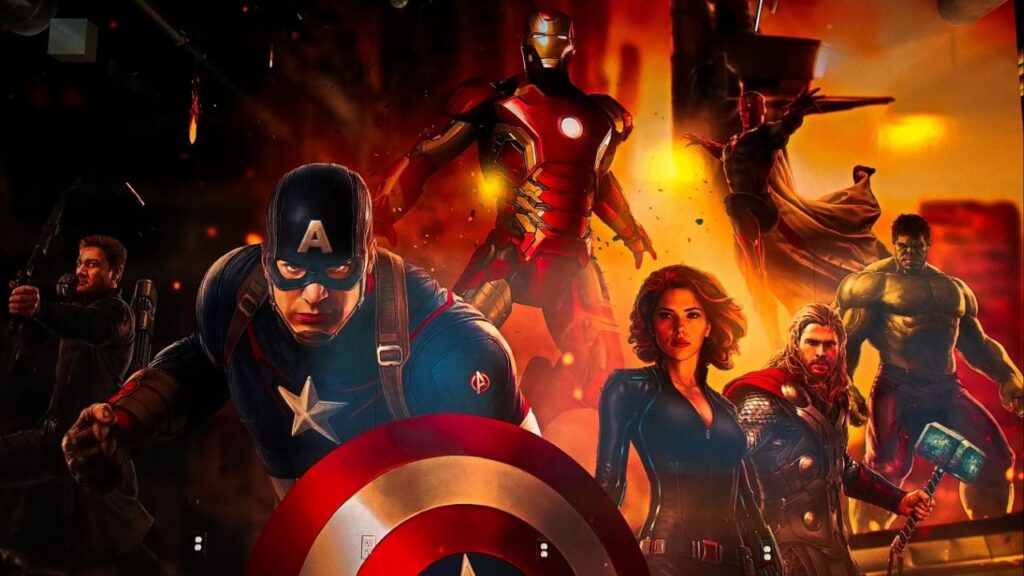
Marvel Rivals Down for Some Users, Downdetector Shows
